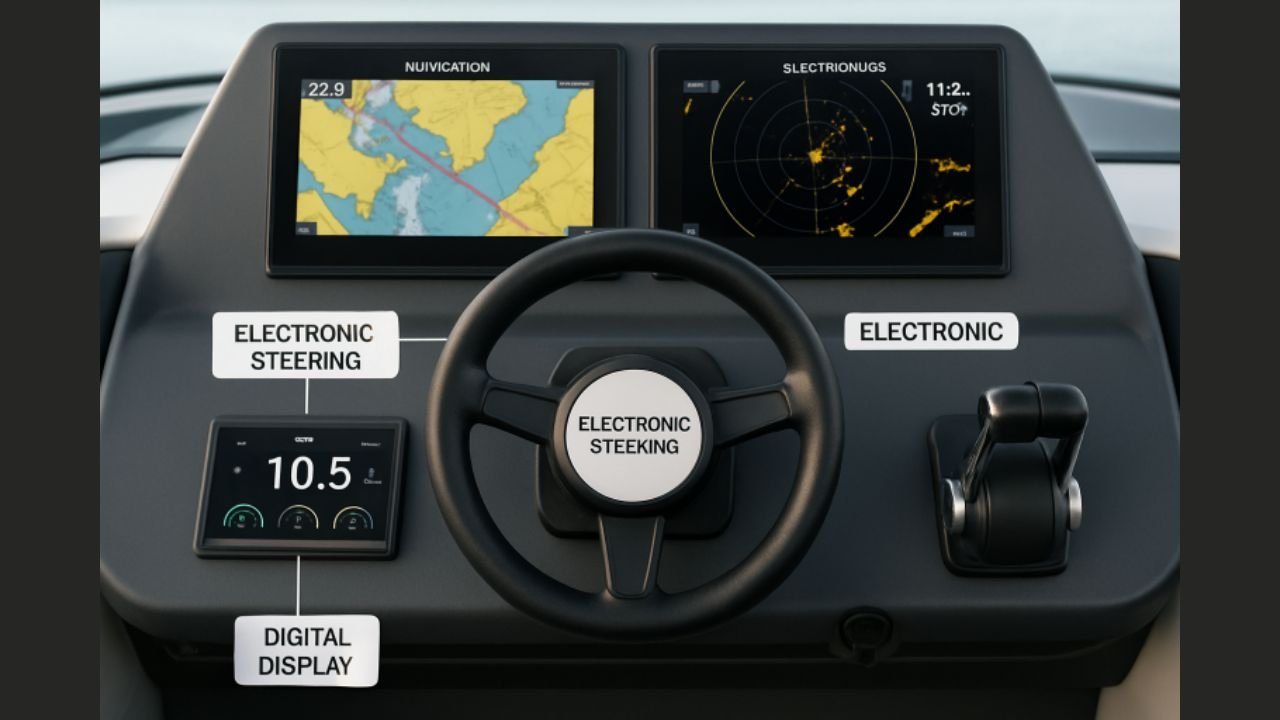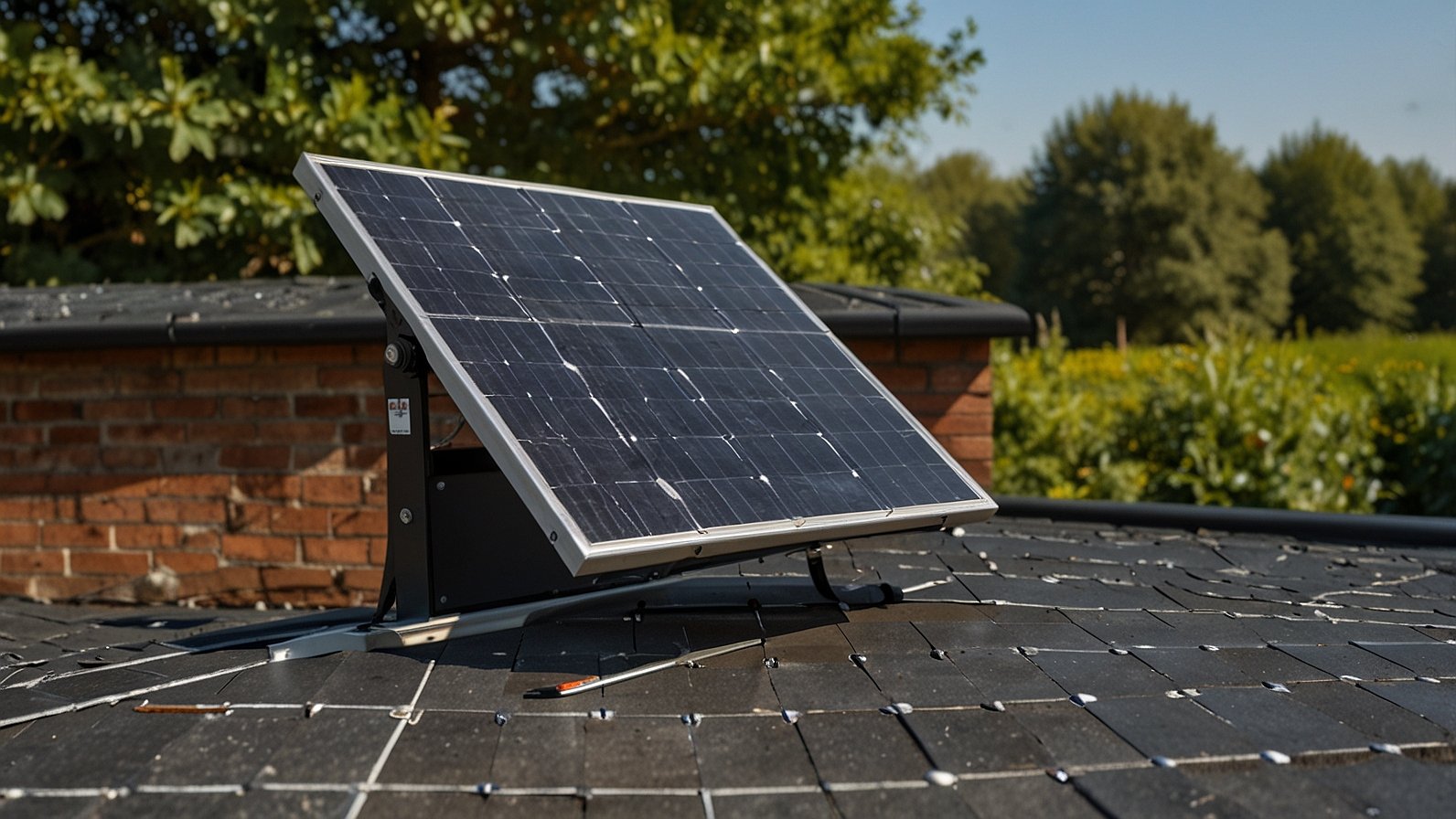Key Takeaways
- Modern marine steering has evolved from bulky mechanical systems to efficient electronic and hydraulic controls.
- The integration of autopilot and AI features brings unprecedented levels of navigational safety and convenience.
- Hydraulic and electric steering systems deliver smoother, more responsive boating experiences and require less maintenance than legacy systems.
- Up-to-date knowledge and maintenance practices are essential for maximizing safety and longevity.
Table of Contents
- Introduction
- Evolution of Marine Steering Systems
- Integration of Autopilot and AI
- Hydraulic and Electric Steering Systems
- Enhanced Collision Avoidance Technologies
- Importance of Regular Maintenance
- Training and Education for Boaters
- Future Trends in Marine Steering
- Conclusion
Boating safety has entered a new era thanks to significant advances in marine steering systems. What was once a realm dominated by labor-intensive mechanical controls is now characterized by digital precision, enhanced security, and seamless maneuverability. Today, innovations such as electronic steering and AI-driven navigation are making waves, offering boaters both safer and more enjoyable experiences. For example, even ancillary technologies like SPD gas springs are being engineered for improved reliability and ease of handling in marine environments, demonstrating the industry’s broad commitment to safety and innovation.
With modern vessels equipped with brighter and smoother steering, boating has become more accessible and less physically demanding, minimizing many of the risks long associated with recreational and commercial navigation. This technological leap goes beyond just comfort—it’s a pivotal evolution that actively reduces collision risk and mechanical failure, both of which are prominent causes of maritime accidents. Whether you are a casual boater or a professional mariner, understanding these systems and how to maintain them is vital for everyone onboard.
Evolution of Marine Steering Systems
The earliest boats relied on purely mechanical steering systems—often simple cables connecting the helm to the rudder. While inexpensive, these systems made steering laborious, especially on larger vessels or at higher speeds. As boating increased in popularity and vessels grew in size and complexity, hydraulic steering systems emerged to meet the demand. These relied on pressurized fluid to amplify the helm’s movement, making steering easier, more precise, and far less physically demanding.
Over the past two decades, the evolution hasn’t stopped at hydraulics. Modern marine vessels now utilize electronic and digital steering systems, which are controlled by sensors and microprocessors. These ‘fly-by-wire’ technologies greatly minimize mechanical wear and allow for remote control, setting the stage for intelligent steering aids and integration with other onboard systems. According to a Popular Mechanics report, these advances mark a significant shift toward both performance and safety, allowing for more complex vessels to be handled with confidence by both experienced and novice boaters.
Integration of Autopilot and AI
Perhaps the most transformative innovation in recent years has been the integration of autopilot and artificial intelligence into modern steering systems. Autopilot features enable mariners to set a specific course, allowing the vessel to maintain its route automatically. This not only reduces operator fatigue on long trips but also decreases the likelihood of human error, a significant cause of boating incidents.
AI-driven advancements take this a step further, analyzing data from GPS, sonar, radar, and weather sensors in real time. These systems make autonomous decisions, such as adjusting course to avoid collisions or adapting speed to changing conditions. Industry leaders, such as Yachting Magazine, highlight how these intelligent systems are now designed to work in concert with emergency avoidance and docking assistance, ensuring that response times are faster than ever before—potentially saving lives and expensive property.
Hydraulic and Electric Steering Systems
Hydraulic steering remains an industry standard for good reason—its combination of power, subtlety, and reliability is rugged to match. These systems excel on larger craft, where precise control and the ability to resist heavy forces are crucial. However, with sustainability and simplicity gaining ground, electric steering systems are gaining rapid popularity. By replacing pressurized fluid with electric motors, these systems reduce the number of moving parts and eliminate potential leaks, offering boaters a lightweight and eco-friendly alternative.
Innovations, such as the introduction of fully electric steering actuators by leading manufacturers, demonstrate how technology is advancing to meet the needs of modern boaters. These devices offer highly responsive steering while facilitating seamless integration with digital displays and remote controls. The smooth, nearly effortless navigation they provide is especially valuable in towboats and water sports, where precision and safety are crucial.
Enhanced Collision Avoidance Technologies
Advanced marine steering systems are increasingly equipped with built-in collision avoidance features. Integrating technologies such as AIS (Automatic Identification System) and networked radar, these systems provide users with real-time visibility of nearby vessels, obstacles, and changing environmental conditions. When paired with AI or machine learning, the systems can automatically alter course and speed, preventing accidents before operators are even aware of the danger. Some models are now equipped with autonomous docking systems, which not only guide a vessel safely into tight spaces but can factor in wind and current dynamically—eliminating much of the risk associated with one of boating’s trickiest maneuvers.
Importance of Regular Maintenance
While these advances create new possibilities, the importance of proactive maintenance cannot be overstated. Regular checks and servicing ensure that all steering components—be they hydraulic lines or electronic actuators—operate at peak performance. Adhering to manufacturer recommendations is crucial, as neglected systems can fail at the most inopportune moments, posing a threat to both safety and the system’s longevity. A consistent maintenance schedule is a small investment with significant rewards, significantly reducing the risk of accidents and unplanned repairs.
Training and Education for Boaters
The pace of technological change means boaters must continually update their skills. Structured training courses that cover the operation of new steering systems, along with practical experience, are invaluable. This ensures that boaters can effectively leverage all safety features and react to unexpected situations. Modern systems may seem intuitive, but even experienced mariners benefit from additional learning, particularly as autopilot and AI-based features become more commonplace. Educational initiatives—whether from manufacturers or regulatory bodies—are becoming increasingly critical for safe and responsible boating.
Future Trends in Marine Steering
The horizon for marine steering technology is brimming with promise. Innovative steering that leverages big data, performance analytics, and IoT-enabled diagnostics will empower operators to make safer, more informed decisions. Entirely autonomous vessels—already in early stages of testing—will soon become a practical reality. As these technologies become mainstream, we can expect boats to become safer, more efficient, and more environmentally friendly, marking the dawn of a new era in marine safety and convenience.
Conclusion
Modern marine steering systems represent a leap forward in boating safety and control. Thanks to advancements like electronic navigation, AI-powered systems, and integrated collision avoidance, today’s mariners are equipped to handle challenges once thought unavoidable. By complementing technology with regular maintenance and ongoing training, boaters can ensure they enjoy these benefits safely, making every journey on the water a secure and pleasurable experience.
You May Also Read: Future of AI and Machine Learning: Trends and Predictions










